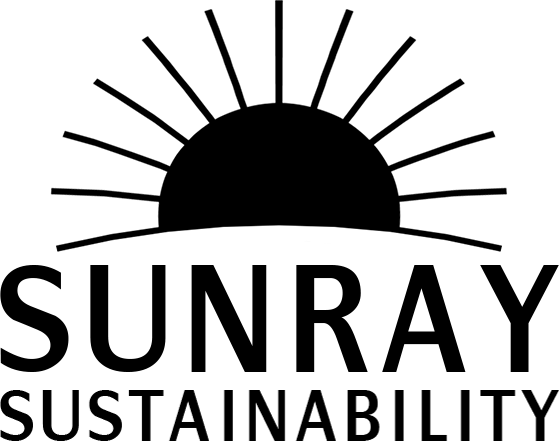Aspect, Microclimates, and Sectors in Design
This is some educational writing extracted for our free ‘Sustainable Landscaping Using Ecological Design’ online course. Learn more about the course here. Here we explore the terms aspect, microclimate, and sectors as they relate to designing sustainable landscapes, and more generally in permaculture design.
In landscape architecture, aspect refers to the orientation of a site in relation to the cardinal directions (north, south, east, and west). It specifically describes the direction that a slope or piece of land faces. Aspect is a critical factor in site analysis, influencing factors such as sunlight exposure, temperature variations, and microclimate development. Landscape architects consider aspect when designing outdoor spaces to optimize sunlight for specific plantings, create comfortable microclimates, and enhance overall environmental sustainability. Understanding the aspect of a site is integral to making informed decisions about plant selection, site planning, and the overall layout of a landscape.
In the context of landscape architecture, microclimates refer to localized climate conditions within a specific area that differ from the larger surrounding climate. These variations are often influenced by factors such as topography, vegetation, hardscape elements (thermal mass, etc.), and human activities. Microclimates can create unique environmental conditions, including differences in temperature, humidity, wind patterns, and sunlight exposure.
In permaculture design, sectors refer to external influences and energies that interact with a site. These influences are considered when planning and designing a permaculture system, in our case a sustainable landscape. Sectors are typically analyzed in relation to cardinal directions (north, south, east, west) and other significant factors that affect the site. They help designers understand how external elements, such as wind, sun, water flow, and potential disturbances like noise, impact the overall design and functioning of the system.
Featured Links
